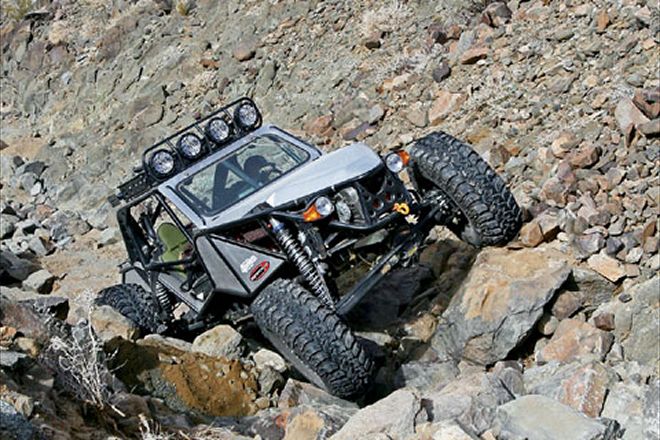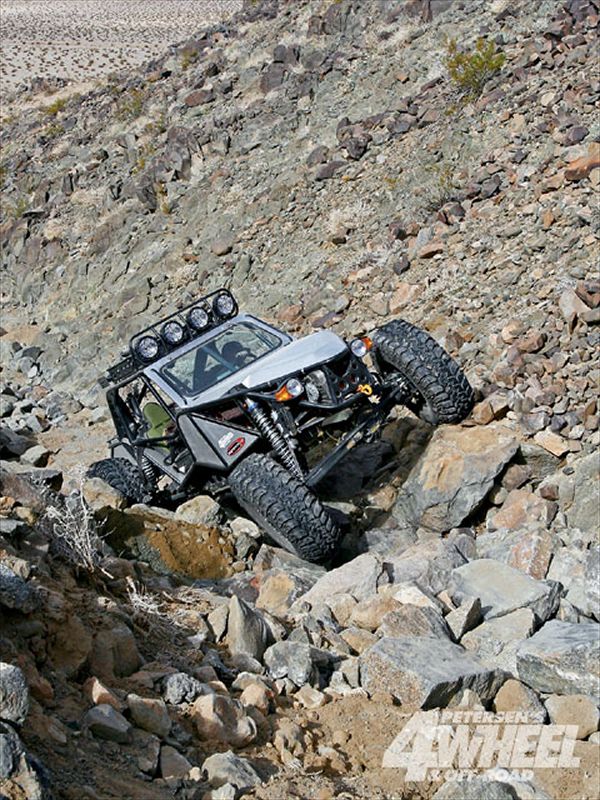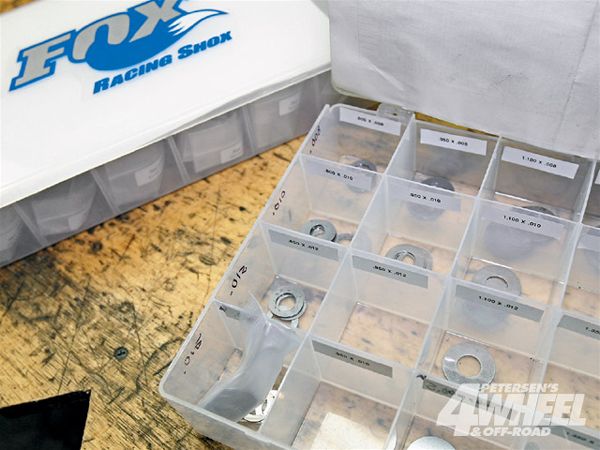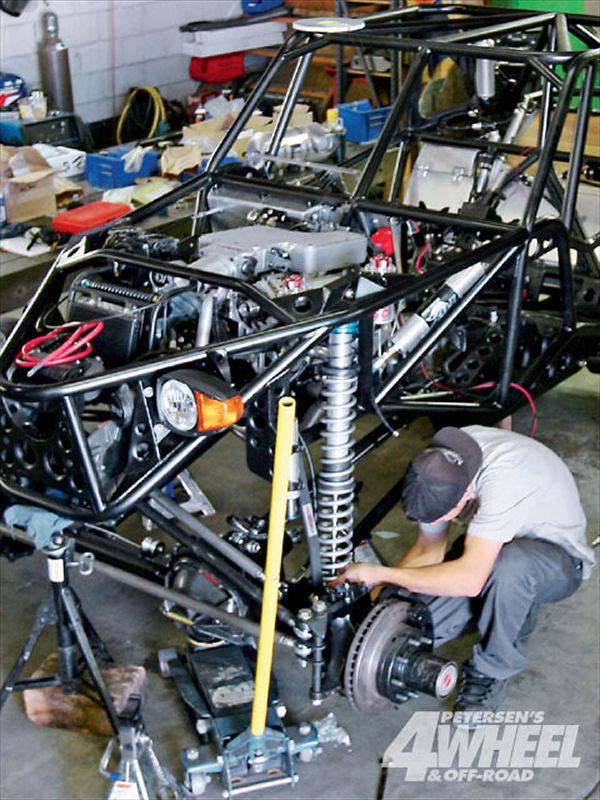
 Fred Williams
Brand Manager, Petersen’s 4Wheel & Off Road
Fred Williams
Brand Manager, Petersen’s 4Wheel & Off Road

Coilover shocks have grown immensely in popularity amongst four-wheelers, mud-boggers, and rockcrawlers in the last 10 years, and for many good reasons. What started out in the desert racing world is now a mainstay that seems to be on all the coolest rigs on the trail.
To simplify things we must understand that every suspension needs a spring to support the weight of the vehicle and a shock to control the movement of the spring. The more adjustability you have of both the spring and the shock, the more you can fine-tune your suspension. Coilover shocks are inherently adjustable.
In addition, coilover shocks are easy to mount. Whereas a coil or leaf spring suspension requires separate mounts for the leaves and shocks, a coilover shock just needs an axle and a chassis mounting point (albeit you will need all the links to locate the axle, but that's a given for any coil suspension).
Now as much as we like coilover shocks, we'll gladly admit that there is still a place for leaves and separate coil and shock suspensions. They are much cheaper than coilovers, they can be made to work pretty darn good in their own right, and they work great 95 percent of the time. It's just that last 5 percent that we'll be exploring this month with our coilover shock investigation. Also, you can get rebuildable shocks very similar to coilover shocks that can be revalved in the same way we will show revalving a coilover.
7. On the shock shaft is a piston with shims on either side. As the shock compresses and rebounds, the piston moves through the oil inside the shock body and the oil is forced through holes in the piston that open up against the shims. Here the red wire represents the oil moving through the piston. The shims have been loosened to show how the oil flows.

8. The oil flows faster or slower depending on the thickness of the shims in the stack. Changing to thicker or thinner shims determines whether you have heavy or light compression or rebound. Thinner shims mean an easier flow, a faster-moving shock piston, and less restriction or control over the suspension and axle movement. The Fox Shocks shim kit includes various shims thicknesses and a sheet to explain what shims to use for your desired valving weight.

The Rest Of The Story
Making your coilover shock work best for your application is done through adjusting the coil spring rates and the valving, but knowing exactly what spring rate and valving you need is almost a black art. It is important to find a dealer who will deliver the valving and spring rates for your vehicle. A good dealer will ask what you are building, the type of terrain you want to drive on, and the sprung and unsprung weight of your 4x4, then build or recommend a coilover built to your spec. This won't be perfect, but it should get you in the ballpark.
Final tuning may be required. Many shock companies or private shock tuners can do this for a fee, or you can attempt it yourself. Just keep good notes of what you started with so you can always return to that starting point, and you'll need the tools mentioned in this story. As a most basic rule, you'll want heavy compression and light rebound for a go-fast truck so the axle follows the terrain and soaks up big hits, or you'll need a light-compression, heavier-rebound shock for rockcrawling, because in rockcrawling you need easy articulation but don't want the truck to kick off the rocks.
Like all rules, these have exceptions. Check out Fox Racing's "Tuning Tips" (www.foxracingshox.com/fox_tech_center/tuning_tips.htm) for additional info. Though Fox focuses on its bicycle division, the info is helpful for any shock-equipped vehicle.
The perfect valving is different for every truck and shock style used, but like fuel injection tuning, tire pressure adjustment, and even link suspension geometry, it takes time to get the best riding and driving vehicle for your type of wheeling.







